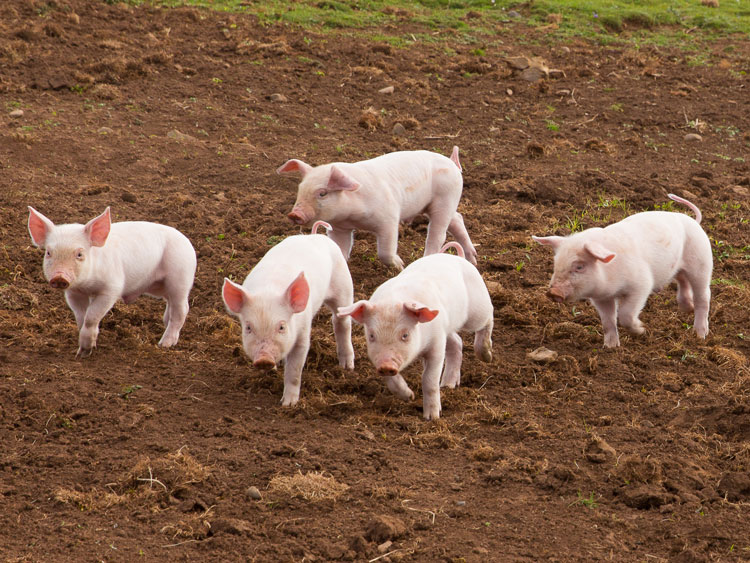
The University of Minnesota Swine Group and the Center for Animal Health and Food Safety (CAHFS) have partnered with the Swine Health Information Center (SHIC) to develop and implement a system for near real time global surveillance of swine diseases. The output of the system is the identification of hazards that are subsequently scored using a step-wise procedure of screening, to identify increments in hazards that, potentially, may represent a risk for the US.
The first version of the system is now live, with the first three reports available, including data from November 5, 2017 to January 14, 2018.
Beginning in early March the tool will be available for spontaneous reporting by stakeholders, such as producers and practitioners both overseas and in the United States. During the first year of the project, the system will be developed and beta-tested for USDA-classified tier 1 reportable foreign animal swine diseases (ASF, CSF, FMD), but in the future more diseases will be tracked.
"As we have learned in recent years, we need to pay attention to external health threats as part of our overall risk management. Keeping tabs on global trends is a prudent investment," said Dr. Jerry Torrison, Director of the University of Minnesota Veterinary Diagnostic Laboratory.
From the most recent report, December 18, 2017 - January 14, 2018:
"The current concern continues to focus on African swine fever in Poland and surrounding countries. Infected wild boars continue to be identified in the vicinity surrounding Warsaw, and the possibility of spread of the disease to the pig intensive area of eastern Poland continues to be a concern. Countries in the region are using a combination of increased hunting of wild boar along with boar proof fencing along borders to attempt to control the spread of the disease."
Visit z.umn.edu/SwineGlobalSurveillance to access the reports, and coming soon, to use the tool to provide spontaneous reporting.